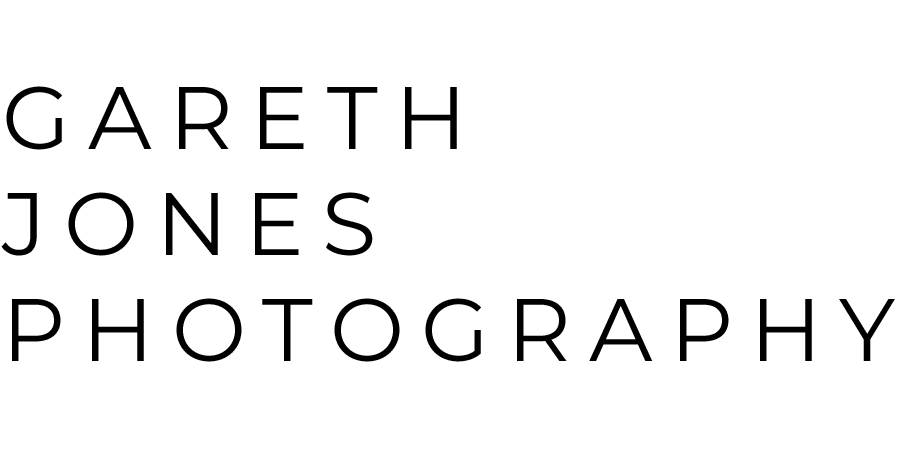Can I take a LinkedIn headshot myself?
Yes, you can. And if you do it well, it can still look professional.
With a bit of planning, the right setup, and a few smart choices, your DIY LinkedIn headshot can make a strong impression.
Here’s how to do it.
Set up your space
You don’t need a studio. Just a space with good lighting and a plain background.
Look for:
Natural light from a window (morning or late afternoon light works best)
A blank wall or soft-coloured background
A clutter-free area
Face the window directly or at a slight angle. Avoid harsh overhead lights or shadows across your face.
Use a solid-colour wall if possible. Light grey, beige, or off-white work well. Avoid patterned wallpaper or anything distracting.
Get the camera position right
Your phone is fine. Modern smartphones can take sharp, high-quality photos.
Use the back camera, not the selfie one. The quality is better.
Mount your phone on a tripod or prop it up at eye level.
Avoid:
Looking down at the camera
Tilting your head too far
Shooting too close
Frame the shot from the chest up. Leave some space above your head. Make sure both eyes are visible and in focus.
Use a timer or remote shutter. This avoids awkward arms and gives you time to get into position.
Dress the part
What you wear depends on your industry. But clean, simple, and well-fitting is a safe choice.
Avoid:
Busy patterns
Logos or writing
Bright neon colours
Instead, go for:
Plain, solid colours (navy, white, black, grey, dark green)
Something you’d wear to meet a client or attend a work event
Iron your shirt. Check for makeup smudges, fluff, and hair out of place.
This is your LinkedIn photo. Think of it as your digital handshake.
Take your time and review
Take 20 or more shots. Try small changes in posture and expression.
Things to test:
Slight smile vs. no smile
Shoulders angled slightly vs. straight on
Chin slightly down vs. neutral
Review the images on a larger screen. Don’t rely on how they look on your phone’s preview.
Check:
Is the lighting even?
Are your eyes sharp and in focus?
Is the background clean and neutral?
Do you look like yourself?
If in doubt, ask someone for honest feedback.
Edit, but don’t overdo it
A few small edits can lift the photo without making it look fake.
Use basic tools to:
Crop and straighten the image
Adjust brightness and contrast
Remove minor marks or shadows
Apps like Snapseed, Lightroom Mobile, or your phone’s built-in tools are enough.
Don’t:
Blur your skin
Add filters
Over-whiten your teeth
Sharpen everything
You still want to look like you—just on your best day.
Why a professional headshot still matters
If you’re comfortable experimenting and have time, a DIY LinkedIn headshot can work.
But there are times when it makes sense to go to a professional. A good photographer will:
Use controlled lighting to flatter your features
Choose a background that complements your brand
Guide you through natural, confident poses
Provide consistent results with proper editing
If your profile is client-facing, you're job hunting, or applying for senior roles, it’s worth making sure your headshot is as strong as it can be.
View examples of my recent LinkedIn headshots to see the difference professional lighting and direction can make.
Let’s talk about your photo
Whether you want to try it yourself or prefer to have it done for you, I’d love to help.
Get in touch to find out more about my approach, pricing, and availability.
You can also read more LinkedIn headshot advice on my blog.

